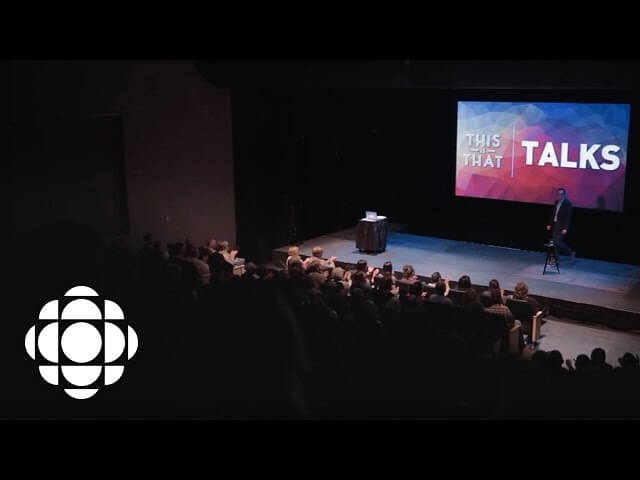This deconstruction of all TED Talks is itself the ideal TED Talk

A white, middle-aged guy with glasses, a button-down shirt, jeans, a blazer, and a calm demeanor paces the stage as he tells a seemingly insignificant anecdote that actually has a deeper meaning. Behind him are projected slides showing the planet Earth as well as some numbers, questions, and a few well-chosen charts. The whole thing reeks of respectability. This guy must know what he’s talking about. See how well he uses that laptop? The audiences listens intently and nods, laughing and applauding at all the right times. It is, in short, the ideal TED Talk, the one on which all others could and probably will be modeled. It is also a comedy sketch, specifically one created by Pat and Chris Kelly with Peter Oldring, all of the satirical CBC Radio program This Is That. In the bit, Pat is portraying a “thought leader” giving an inspirational speech at “the annual This Is That Talks in Whistler, B.C.” (Check those initials.) What exactly does a thought leader do? Not much. He talks to audiences, mainly, using vague statistics and vaguer aphorisms, all while imparting nothing of real value.
This is a profoundly Canadian piece of comedy. It is subtle, quiet, and eminently polite, but the satirical undercurrent is devastating. The joke is that Kelly’s character is an empty vessel with nothing to say and an impressive, reassuring way of saying it. But, in truth, this sketch does have an important message. It’s a step-by-step tutorial on how to listen to TED Talks while remaining acutely aware of all of their gimmicks and tropes. “Everybody knows that a presentation seems more legitimate than it actually is if there are slides,” Kelly says. So that’s one helpful tip for audience members right there: Don’t be too swayed by those colorful, eye-catching slides. Later, he says, “By making a list with my fingers, I’ve made you believe there is a point.” Another good one to remember. Beware of anecdotes, conversational laughter, meaningless numbers, repeated phrases, changes in tone of voice, and cues to applaud. It’s all smoke and mirrors. The more one studies this video, the more educational it is.